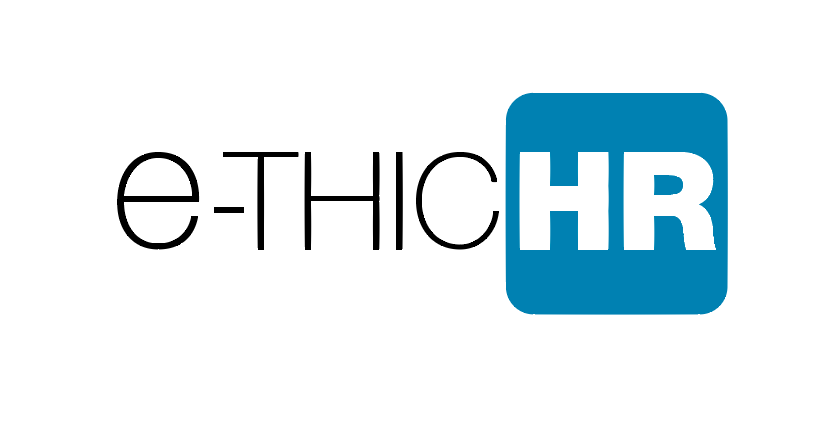From Robert W. Jacobs, Barry Johnson, Frank McKeown
Do you live with any of these seemingly “no-win” balancing acts?
- Employee interests and company interests
- Be the voice of the employee and interpret and enforce company policy
- Advocate for employees and advocate for management
- Educate and regulate
- Employee development and organization development
- Competitive employee compensation and competitive organization bottom line
- Focus on relationships and focus on task
- Training for the job and doing the job
- Employee satisfaction and customer satisfaction
In this downsized, outsourced world with resources stretched thin and performance expectations high, the Human Resources (HR) function must exert leadership to prove its worth as a business partner and show that it can provide incalculable value to the organization.
Paradoxically, this requires HR to act as both stabilizer and champion in the midst of the storms of change. The rest of the organization looks to HR to provide needed structures, processes and approaches to support change management. And, most importantly, to see that change management efforts deliver enduring results.
How HR Can Deliver Change Management Results
HR can deliver these impressive results through a powerful combination of two new paradigms, a principle-based approach to change which simultaneously promotes stability and the management of the organization’s embedded polarities.
Adopting this combined approach will enable HR to:
- accelerate the pace of sustainable change,
- increase commitment to needed changes, and
- develop greater capacity for future change in the organization.
At the same time, this dual approach will provide increased stability needed in the midst of the change management process.
New Paradigm #1 – Managing Polarities in Change Management
“The art of progress is to preserve order amid change and to preserve change amid order.” –Alfred North Whitehead, Mathematician, Logician and Philosopher
Increasingly, an organization’s ability to respond and adapt quickly while providing increased stability in the midst of change is a great leverage point for achieving sustainable competitive advantage. But this is not about predicting or riding trends; change needs to be a lot more than that. Organizations can get caught in pendulum swings from one trend to another. Sometimes Human Resources professionals are responsible for flavor-of-the-month initiatives; other times they may be trapped by flawed strategies advanced by senior executives. Common examples of these traps include the following.
- Cultural shifts: such as from directive to participative management styles, or from hierarchical to team based management and decision-making
- Structural shifts: such as from more centralized to more decentralized operations (and back again!), or from downsizing to rehiring
- Strategic shifts in focus: such as from quality improvement to cost cutting or from product focus to customer focus.
Many change efforts follow a predictable pattern likely to lead organizations down paths filled with frustration, resistance, and ultimately preservation of the status quo. After compelling arguments are developed as to why change is needed, a plan for getting from where you are now to where you want to be is viewed as the solution, with implementing the strategy seen as the last step. However, if your vision of the future – the where you want to be – is a shift from one pole of a polarity to the other, your efforts are guaranteed to generate amazing resistance.
